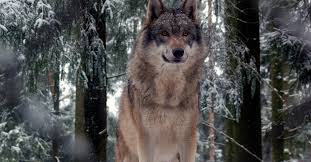Rajasthan madlyya Pradesh and Gujarat are all looking at potential sites were cheetah could be reintroduced. Given the precarious state of the cheetah population in Iran (thought to only be 50-60 animals) the reintroductions would come from Africa.
Continue reading “The possibility of reintroducing Cheetah to India is once again being looked at”Can Cheetah be saved by moving them around?
In South Africa, as much of the cheetah population as much of the cheetah population live either outside protected land or in reserves that are small, with space for only a few individuals. Cheetah, being small, cannot defend their kills from Leopards Lions and Hyena, as well as loosing many of their young to these bigger predators.
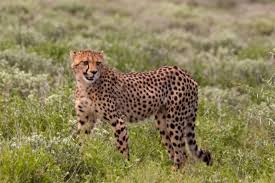
Might rising temperatures kill the Congo rainforest? Its a carefully balanced system
Recent studies have shown a potential problem for the Congo basin rainforest – one of the remaining “lungs” of the world.
It would appear that rising temperatures are having an adverse impact on the amount of fruit that is produced by this forest.
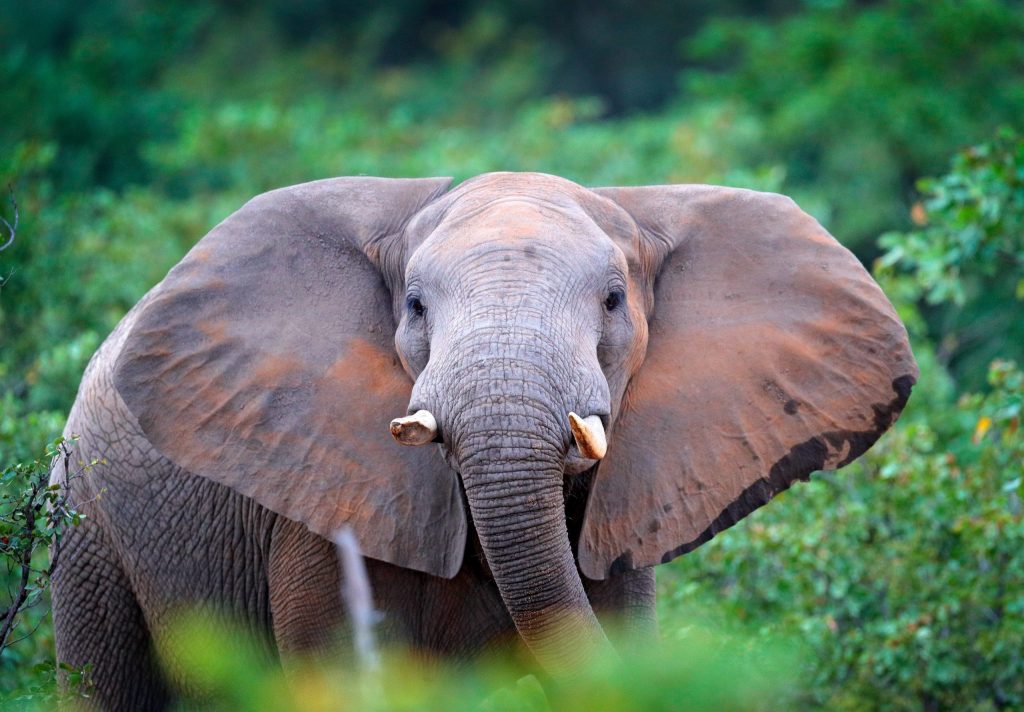
In modern day Africa Bonobos live south of the Congo river, and Chimpanzees live to the north – has that always been so?
Chimpanzees and bonobos look very similar to the untrained eye. Indeed, in the past it was not uncommon for them to be housed together, at least until the keeper saw the bonobo getting beaten over and over again.
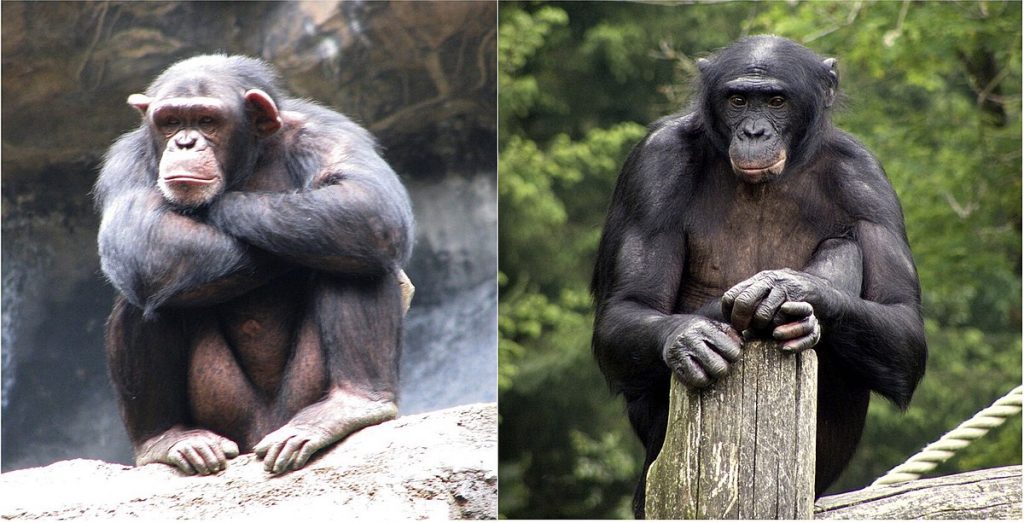
10 years to save the worlds wilderness?
1/3 of the worlds species are threatened with extinction. There are many suggestions that this is just a natural process, but in recent decades it is not. This is not happening because of natural mechanisms, it is happening because of human behaviour. Indeed, while many of these species are being pushed to extinction through loss of habitat, there are many others that are disappearing because of overexploitation by humans.
Continue reading “10 years to save the worlds wilderness?”Wildcats set to return to southern England 150 years since their extinction in England and Wales
Once common across the whole of the UK, they were hunted to extinction. Currently, just a handful remain in Scotland. While interbreeding between wildcats and feral domestic cats is normally rare, in the current situation feral cats outnumber wildcats 1000 to one, and as such the wildcat is essentially extinct.
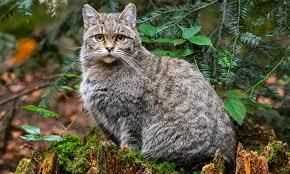
The farmer who is looking to reintroduce them, currently has 6 pairs, which he is hoping to increase to 150 individuals and to start reintroducing perhaps as early as next year.
Continue reading “Wildcats set to return to southern England 150 years since their extinction in England and Wales”Elephants still under threat
According to the latest census, the elephant population of the Selous is now over 15,000! which sounds fantastic. Of course, you have to remember that this huge untamed wilderness once hosted over 100,000 elephants and that number comes into focus.
Initially set aside as a hunting reserve, increasing numbers of the concessions are going to those interested in photographic safaris.
Continue reading “Elephants still under threat”Pine martens released near Bangor, Wales
Despite the fact that British citizens have done much good work towards to conservation of wildlife and wilderness in the world, we have been less successful in the UK. Having largely eradicated a small arboreal predator from much of the UK, we then decided to introduce the grey squirrel from the USA.
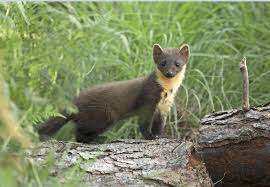
Spending more time on the ground, and being far less agile than their red smaller cousins, grey squirrels cannot coexist with pine martens.
Continue reading “Pine martens released near Bangor, Wales”Further threat for Nairobi national park
The first national park to be formed in Kenya would appear to be under threat. Consisting of only 45 square miles, it is unique around the world as the wilderness comes deep into the city, allowing you to view many wild species with skyscrapers as a backdrop.
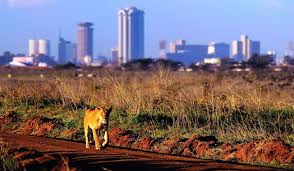
Wildlife populations have crashed in the last 70 or so years. In the past huge migrations would bring 30,000 wildebeest to visit each year, and animals such as zebra have had population falls of approaching 50% in just 9 years.
Continue reading “Further threat for Nairobi national park”Wolf hunting in the USA: Wisconsin Hunt vastly overshoots
Under Trump, the American wolf lost its endangered species status.
This was not a scientific decision, it was a political. It is true that the number of wolves in North America has grown dramatically since hunting was banned across most areas. However it is absolutely absurd to suggest that the population has recovered.
